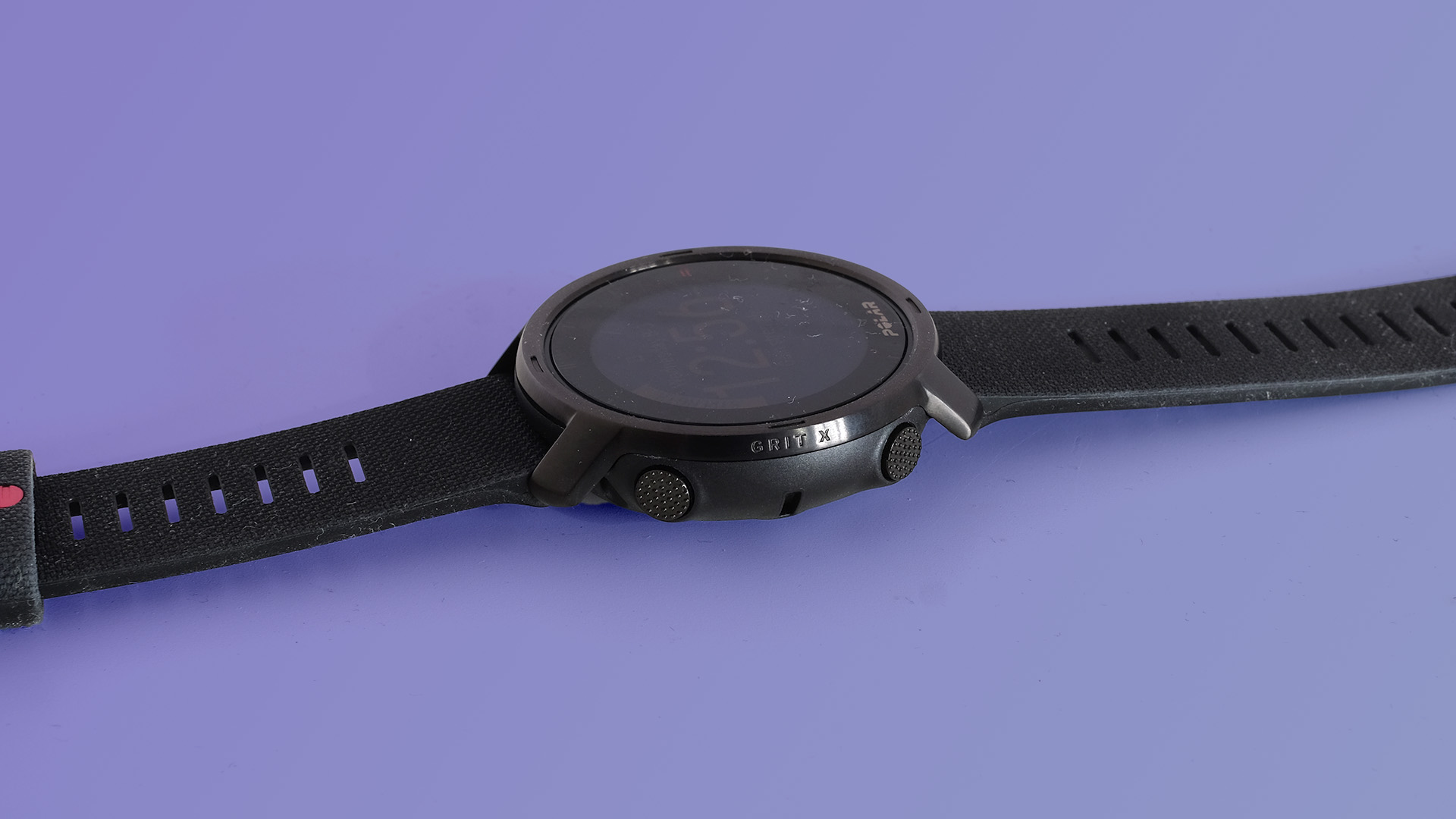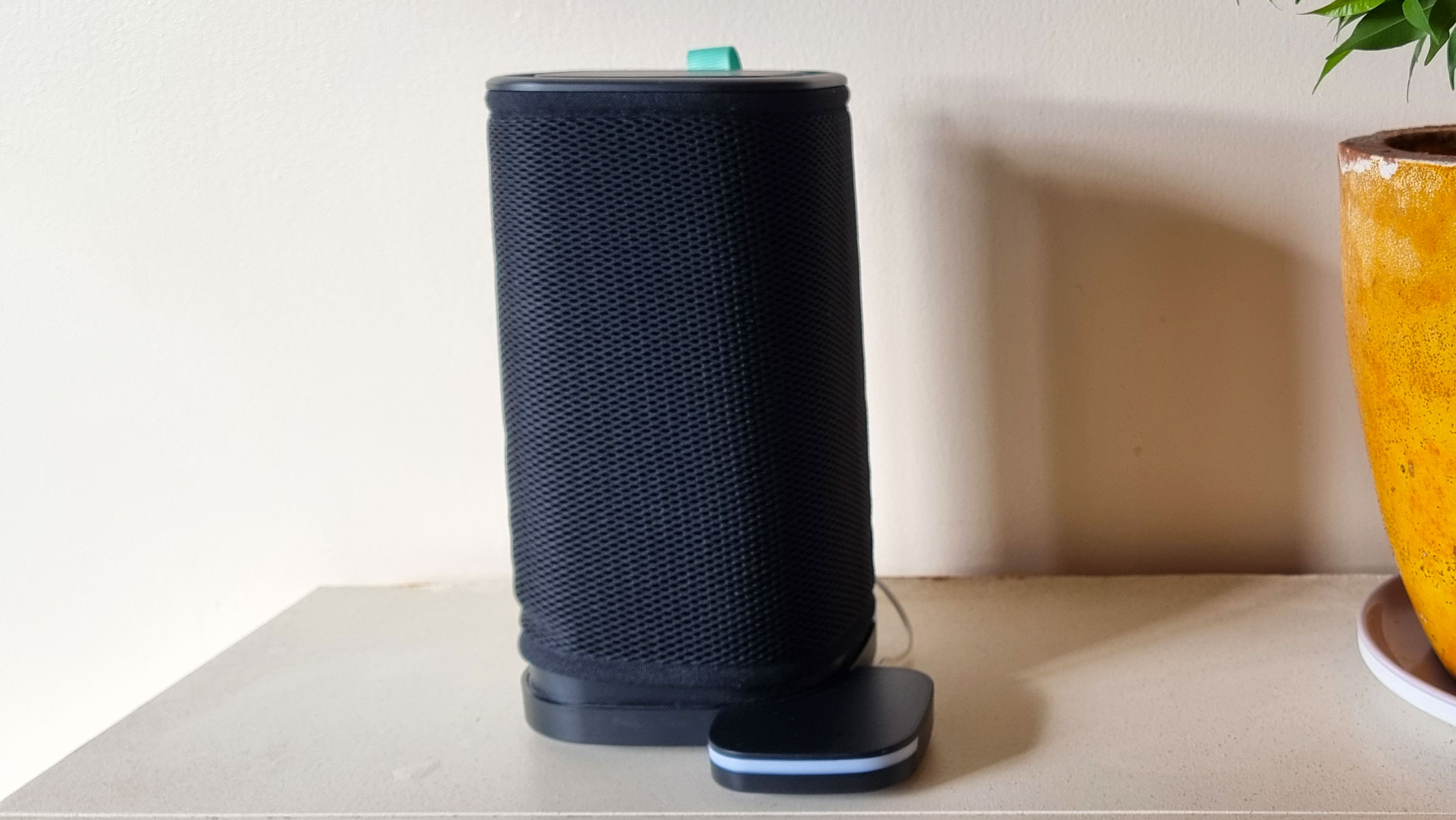Live Science Verdict
The Polar Grit is a capable and tough fitness tracker. However, it shows its age a bit in 2023, particularly in elements of its interface.
Pros
- +
Good number of satellite arrays are supported
- +
Very tough fitness tracker
- +
Compatible with Strava and Komoot
Cons
- -
Polar app feels dated
- -
2020 model, but still the most recent release
- -
Few watch face options
Why you can trust Live Science
The Polar Grit X is an outdoors adventure watch, one much tougher than the average fitness tracker.
It has excellent water resistance, flashier build than the hardcore Garmin watches you might buy at the price, and it lasts a good long while off a charge. Stat accuracy is mostly decent too. The Polar Grit X held up OK in our exercise test sessions for both heart rate accuracy and location tracking, if not perfectly.
This watch isn’t as fun to use as a Garmin Forerunner 265 (one of this best fitness trackers of the year), with much less refined software and a less helpful interface style, though. It excels for activity tracking, but for the rest of the day other watches can seem more useful.
47 x 47 x 13mm
64 g (44g watch only)
1.2in 240 x 240 MIP display
32MB storage
Gorilla Glass screen
100m water resistance
345mAh battery
GPS
Polar Grit X: Price and availability
The Polar Grit X launched back in September 2020. It’s a bit of an old-timer by tech standards, but is still a current model at the time of review.
You’ll pay around £369/$429 for a Grit X, although we found them selling for around 10% less online.
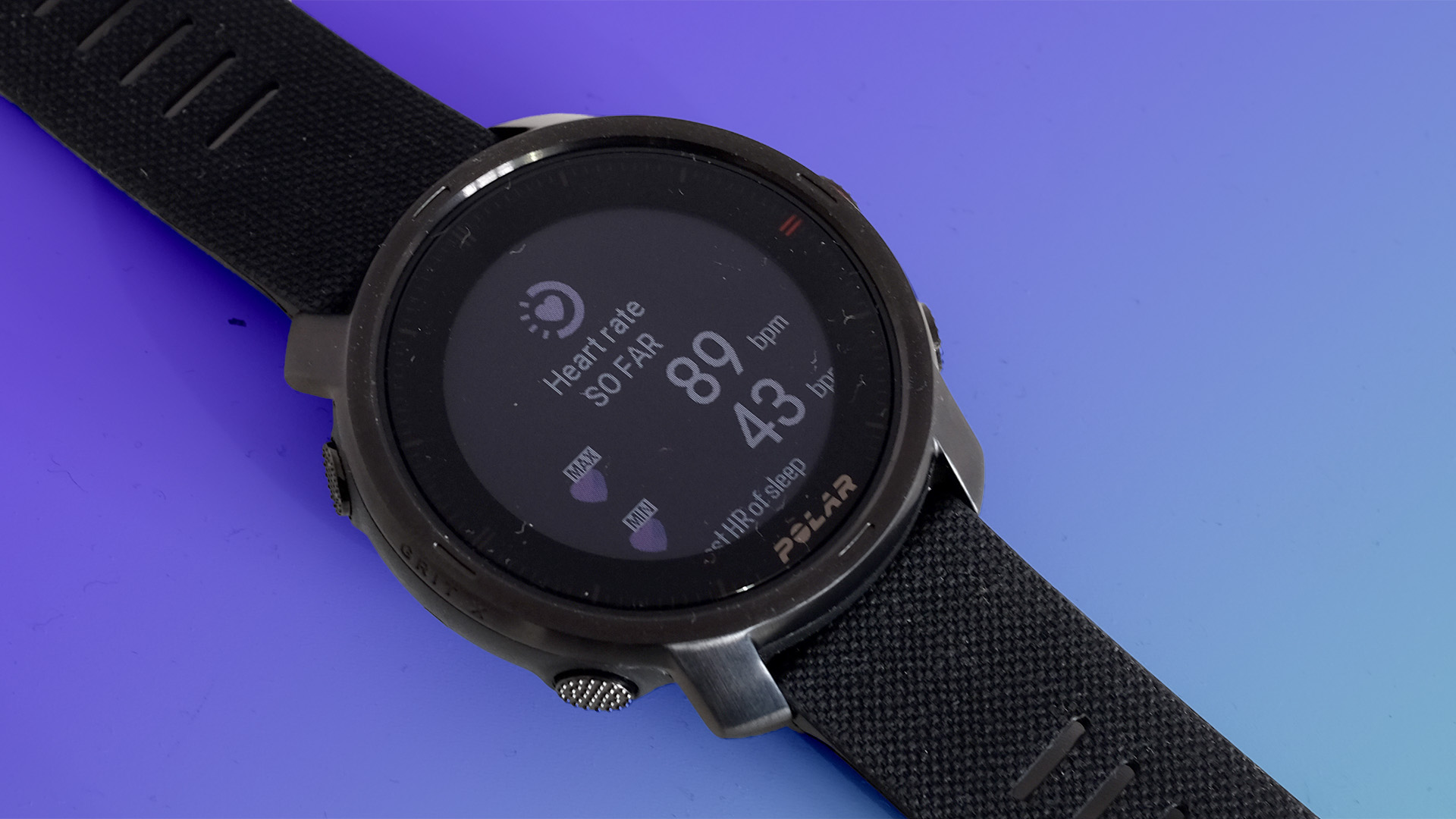
Polar Grit X: Design and Display
The Polar Grit X is among the most hardy sports watches in its price class, offering a little more than what Garmin provides. It has a tough stainless steel bezel, 100m water resistance and a tough Gorilla Glass screen.
This is double the water resistance of more lifestyle-leaning wearables, while notably tough rivals like the Garmin Forerunner 255 lose the touch of class provided by the steel bezel.
Much of the rest of the Polar Grit X is a plastic polymer, but we’re glad about that. Plastic is light, and so is the Grit X at 64g. It doesn’t try to wobble around on your wrist when you go for a run, which is something we look for in the best running watches. The weight is notably low for the watch’s size. It has a 47.5mm diameter face and is 13mm deep. There’s also no smaller model for those after a watch to suit a more slender wrist.
When you get closer to the Grit X, you realize its display doesn’t nearly cover the full front of the watch. It has a 1.2-inch screen. This is a worse screen-to-diameter ratio than either the Coros Apex 2 Pro or the Garmin Forerunner 255. They both are slightly smaller, but have 1.3-inch screens.
The display itself is a 240 x 240 pixel MIP touchscreen, although five buttons also play a part in basic navigation. It’s a color display too, although Polar makes use fairly poor use of color here.
Like other MIP screens, the Polar Grit X’s is “always on" by design, as this type of display consumes barely any power when just displaying the time. It feeds off ambient light, so is very clear out on bright days, but needs to use its own digital watch-like light to let you see the display in dark rooms. It’s a classic hardcore fitness watch display.
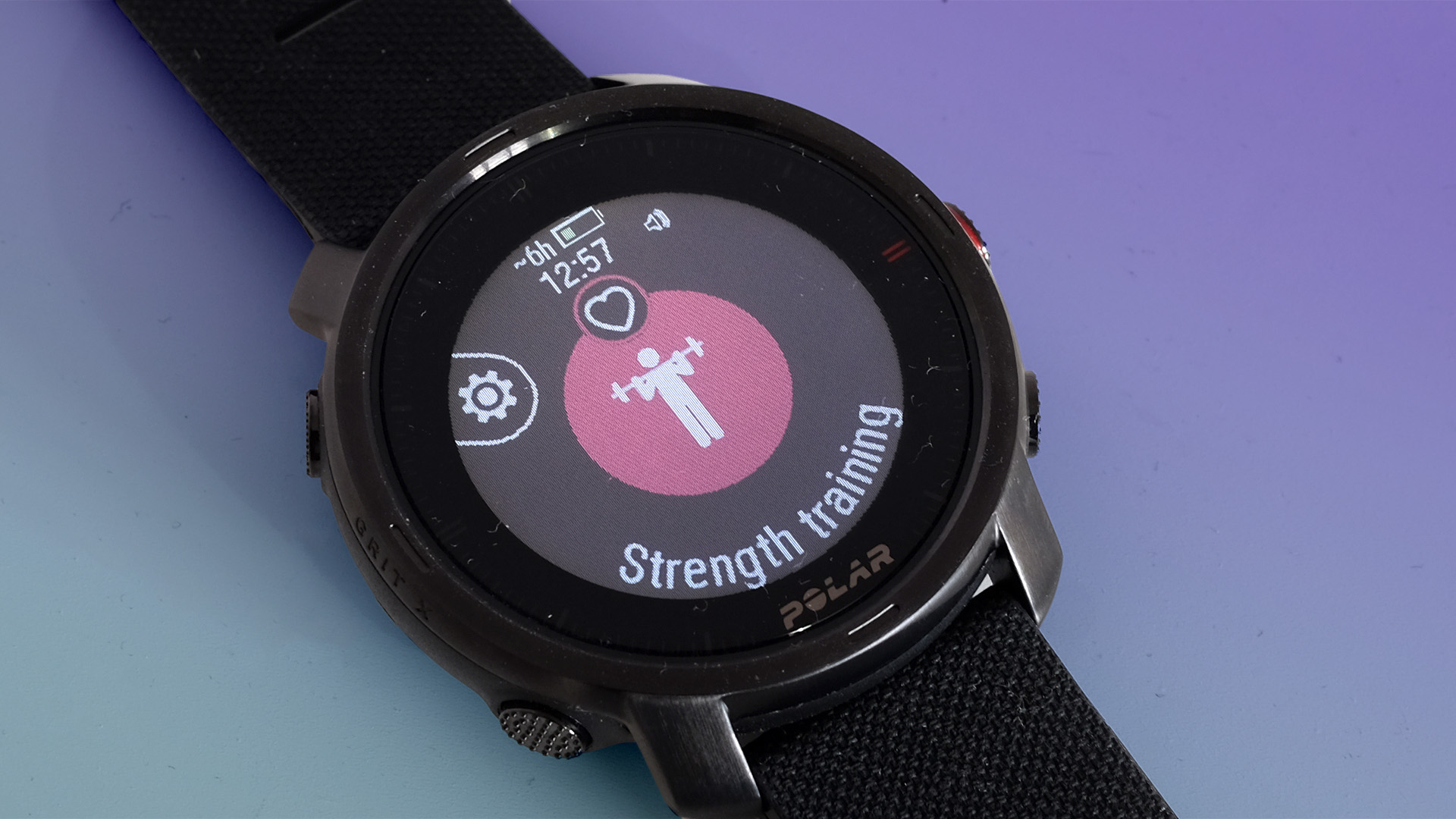
Polar Grit X: Features
The Polar Grit X has all the hardware staples required of a good exercise watch. It uses GPS to track your location when out on a run or ride, and a good number of satellite arrays are supported (GPS/Glonass/Galileo/BeiDou/QZSS).
Polar does not offer the Multi-band GPS seen in the Apple Watch Ultra and a handful of the recent best Garmin watches. But that’s no surprise when the Grit X was released in late 2020.
It has a barometer, a magnetometer and a heart rate sensor array that can also estimate your blood oxygen saturation. It has all the basics, and a bit more.
The really interesting stuff happens in the software, though, where Polar provides some unusual nuggets. Strava Live Segments is the first of these. Hook up your Strava account and you can import Strava segments directly to the watch.
In a similar vein, you can link your Polar watch up to Komoot, in order to import walking and hiking routes. This watch does not support on-watch maps, nor would we expect it to at this price, but you can see a line-based representation of a route you planned ahead of time.
Teaming up with two of the biggest and most popular fitness apps out there? That sounds like a winning strategy. However, these are required in part because Polar’s own software isn’t that advanced in other senses.
It feels dated in 2023, in a handful of respects. For example, you need to long-press the “back” button to get the Polar Grit X to start sync’ing. In comparison to a Wi-Fi equipped Garmin Forerunner 265, where your last run can be uploaded to the cloud pretty much as soon as you step in the door to your home.
The Polar Flow phone app doesn’t provide that satisfying a dashboard, a glimpse at what you’ve been doing, and the use of screen space on the watch itself is at times remedial. For example, when you press the “up/down” buttons from the watch display, the background of the face cycles through different info panes, like your heart rate, activity level, the weather and so on. But it’s all a bit threadbare. Other wearables do a much better job of fitting more information on watch faces.
There are very few watch faces here — four analogue, four digital. And you’ll often find the analogue watch arms block some of the data content in an awkward-looking way. Some parts of the interface don’t hang together all that well. On occasion moving between screens feels labored and slow. In other areas it’s perfectly snappy.
You can expect quite a lot from the Polar Grit X in terms of fitness tracking substance. Don’t expect to be coddled with lots of lovely smartwatch-style gloss, though, as the software can be clunky and at times mildly unintuitive.
However, a lot of the stuff we want from the perspective of folks who exercise to a regime is here. For example, you can run structured “suggested” workouts, and the Cardio Load feature works out whether you are working out too much, or perhaps not enough to make progress.
The Polar app also offers 130 tracking modes, although you’ll only find a small fraction of those available on the watch to start with. You can choose up to 20 to keep on the watch itself at any one time.
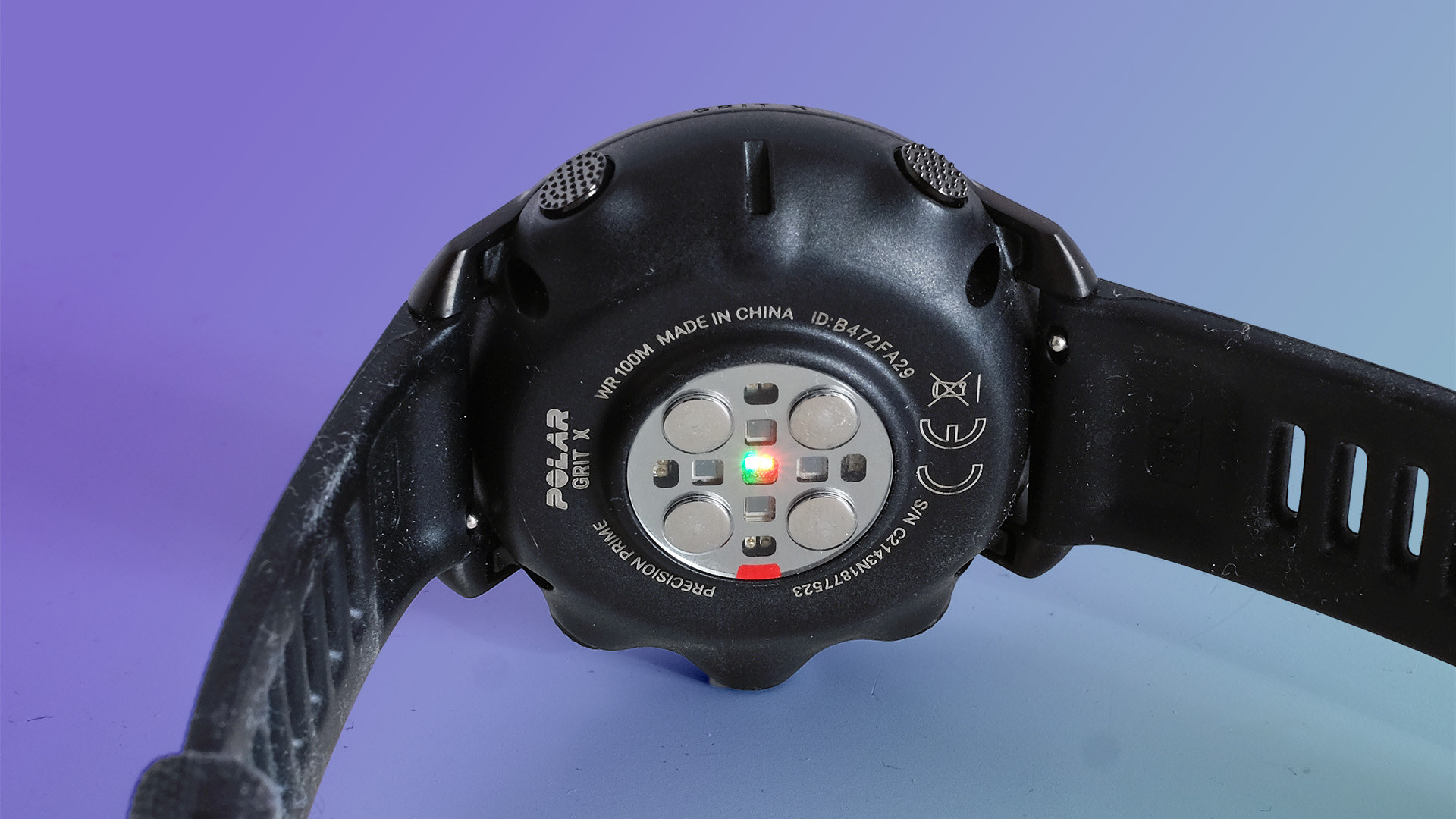
Polar Grit X: Performance
Polar says the Grit X should last up to 10 days between charges. That seems to be on the money. For example, it lost 32% after three days, including two hour-long tracked runs. Not bad at all, even if it’s not close to the “up to 32 days” of the Garmin Instinct 2.
The watch uses a little magnetized dock to charge, interfacing with four metal points on the back — it doesn’t use wireless charging.
During all our test workouts, the Grit X’s recorded distances, and location data, were extremely similar to those of a Garmin Forerunner reference device. It’s fairly snappy to hook onto a GPS signal too, as long as you pair the phone regularly to keep its GPS data up-to-date.
Heart rate accuracy was acceptable aside from one workout, where it was a total state. We only noticed after coming back to the results some time later, but readings can naturally be affected if the strap isn’t done up tight enough. Or if clothing interferes with the sensors.
At other times the Grit X’s heart rate readings can start a little wobbly at the beginning of workouts, a classic issue of older wrist-worn heart rate readers. However, aside from the one faulty workout the watch’s maximum and average heart rate results were very good.
The Polar Grit X HR hardware sure has a lot of these sensors too. It uses what Polar calls the Precision Prime array, which uses four light sensors, and five sets of LED lights. It is not quite at the level of the latest Apple and Garmin Elevate v4 tech, but with solid reliability for most of a workout’s duration, don’t be too put off if you find the watch selling at a good price.
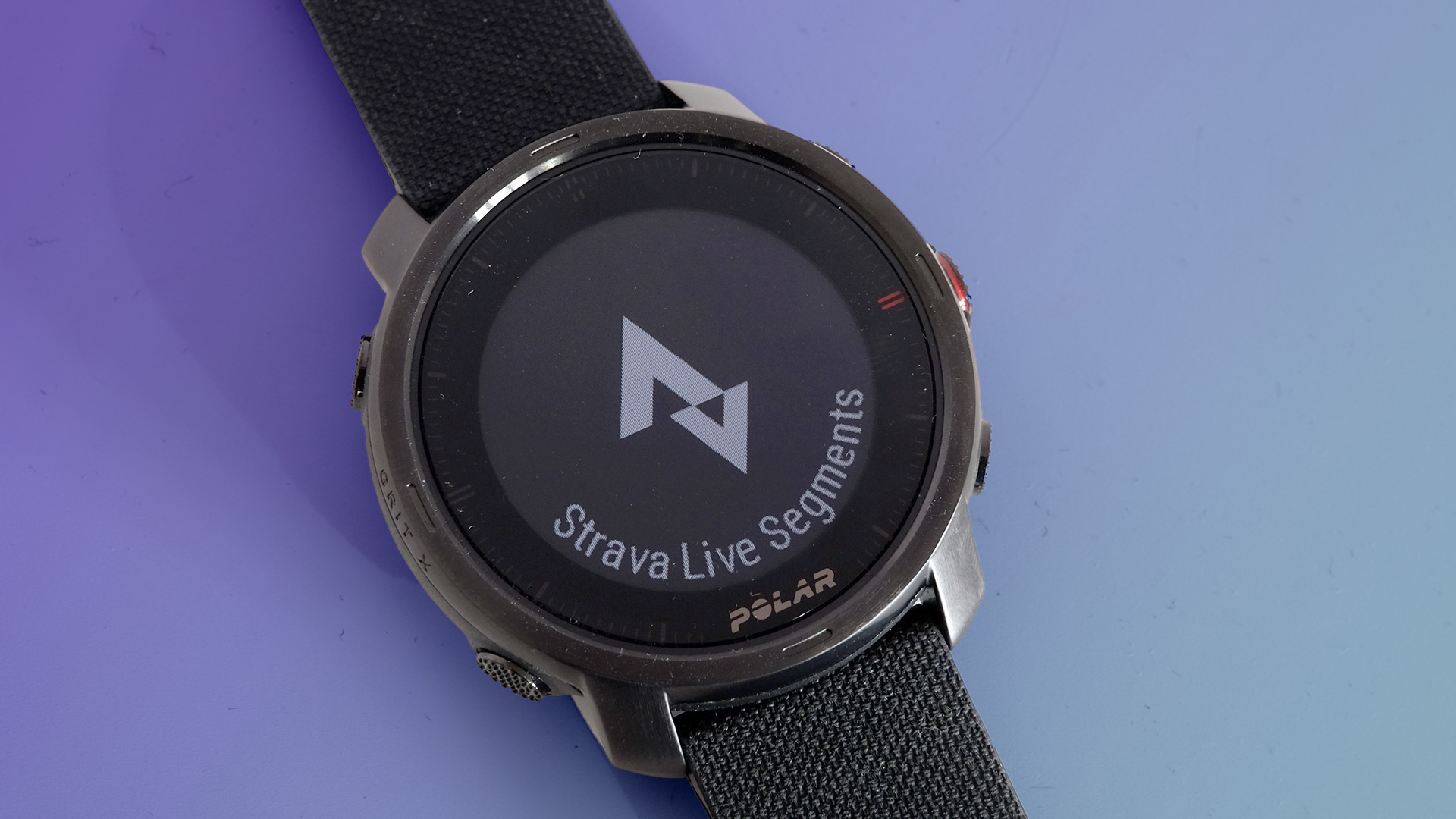
Polar Grit X: Should I buy the Polar Grit X?
The Polar Grit X is a solid hardcore fitness watch with good hardware, but its software is starting to show its age. As a result it’s less appealing as a casual fitness tracker than much of the competition. And we find Garmin’s latest offer better heart rate accuracy and stability.
Still, there’s a lot to appreciate here if you are just here for the exercise tracking. The Grit X has enough tools in its belt to offer longer-term insights into your progress and fitness routine. And it is commendably tough, with 10ATM water resistance and a part-metallic build.
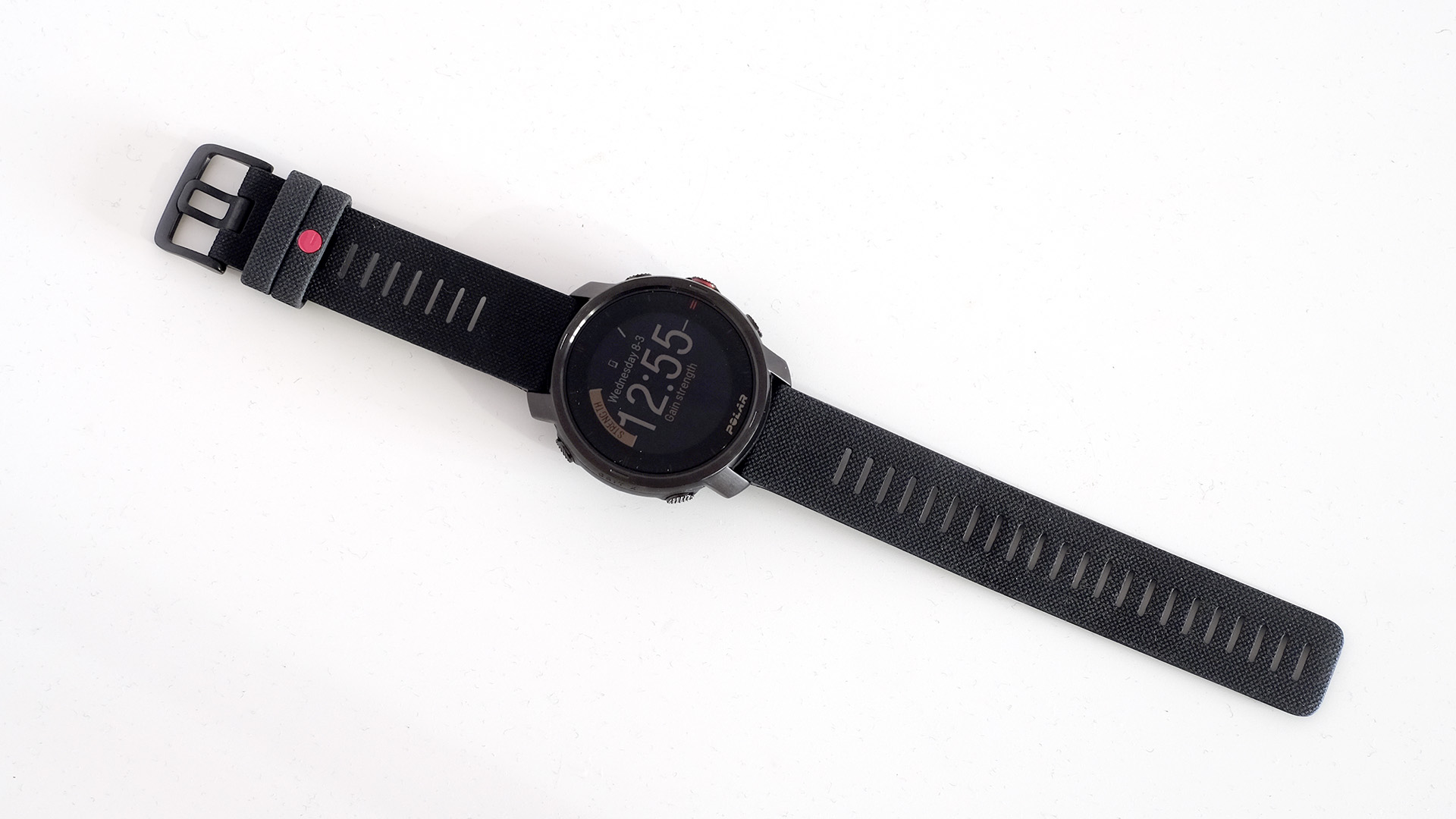
If you don't like this product
With this kind of budget to spend, your other options include the Suunto 9 Peak, the Garmin Instinct 2 Solar and Garmin Forerunner 255.
Of these two brands we typically head to Garmin first, as Suunto appeal its at its peak - no pun intended - in bargain-price watches like the Suunto Pace 2.
The Forerunner 255 is perhaps the strongest Garmin alternative, offering a similar vibe but with a slicker and friendlier interface. Plus stacks of features and good stat accuracy. Some of you may want to upgrade to the newer Forerunner 265 too. It has a punchy OLED screen, but does cost a bit more than either the Polar or Forerunner 255.
Andrew Williams is a freelance journalist based near London. He has written about tech for over a decade, contributing to sites such as WIRED, TechRadar, TrustedReviews, Wareable, Stuff, T3, Pocket-lint and many others. When he's not covering fitness tech, he writes about mobile phones and computing, as well as cameras.
